-“Dude my building is absorbing more heat, it’s very hot to live here”.
-“Probably this Global warming is causing heat rise”
This answer is correct for many cases. Along with it, there are lots of other factors responsible for the increase in heat inside as well as outside the house. This can be prevented even when the house is planned for construction.
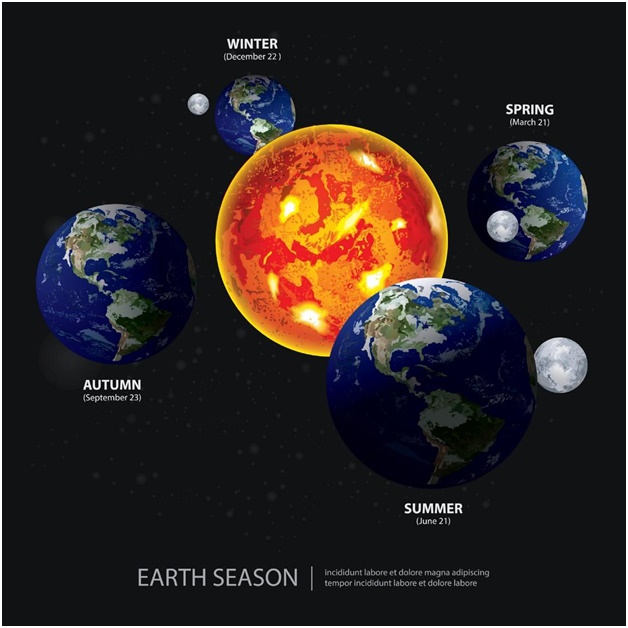
SUN is the main source of our heat. Earth which is slightly tilted revolves around the sun while it is rotating on its tilted axis. The earth is divided with longitudes and latitudes for getting locations. It has an imaginary line running in the middle called the equator. The countries closer to the equator receive more heat than the others.
Sunrises from the east in the morning and ends in the west in the evening. Evening and mornings are determined with its position while revolving around the sun. This creates the seasons such as winter and summer. Countries near to the equator experience long summers as well as receive more heat and vice versa.
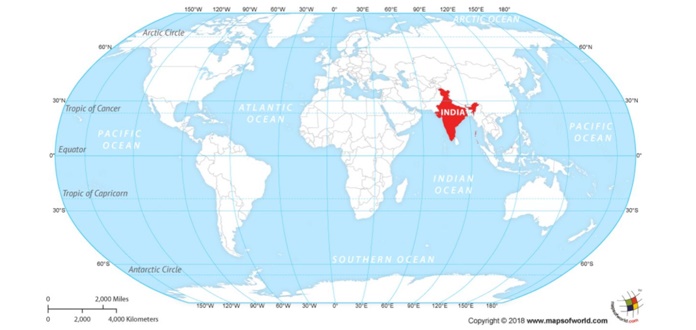
India is a peculiar country that is dissected by Tropic of cancer making the one half near to the equator and another half far from it to some extent. North India has long intense winters and South India has long intense summers. That’s the main reason for having intensive summers.
There are few places in the south of India to have normal summers and intense winters. These places are located in the mountains, hills, etc. They have high altitude. Altitude is a factor that determines the climate of the place. Altitude increases with a decrease in temperature.
HOW TO BEAT THE HEAT?
This can be addressed with few planning and design ideologies in the building construction. There are few things with the position of the plot / built-up etc.
1. West light
After an understanding of the climate of the place, the desirable gains and needs are determined. For cooler regions, the Heat gain should be more. Hence building is oriented such a way to increase the absorption of west light. The Westside of the Sun always provides an increased heat level with light. Also, the building mass should be less to gain and retain the absorbed heat.
Whereas, Inhot regions, the orientation is done such a way to reduce the west light and its heat gain. This further reduced with the help of cladding materials and screens etc.
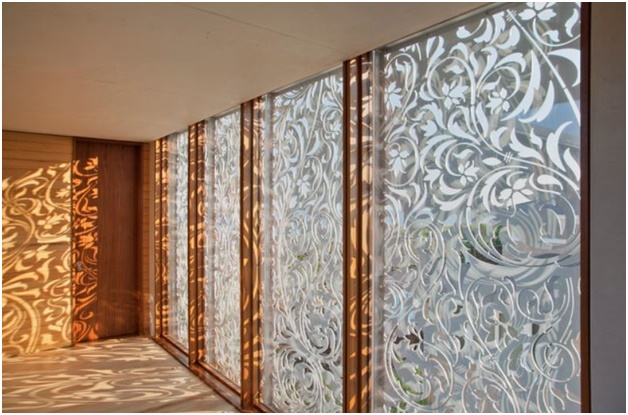
2. Micro Climate
This is another factor that can be used to influence the heat gain inside a building or space. Micro Climate is nothing but to influence the climate of the place with few elements such as Vegetation, waterbody, etc. It deals mainly with an increased connection with nature.
Vegetation highly influences the microclimate reducing heat gain drastically. Plants are used in various parts of the buildings such as green roofs, Green walls, even trees, and plants around the house.
A lot of houses are provided with fish ponds, water pools, and fountains as aesthetic elements. These sources of water also create a calm and cool environment around it.

3. Materials
Materials play a main role in controlling the built environment. Building with materials is one of the most effective ways of controlling temperature gains inside the building. Earth, Bamboo buildings are one of the best solutions for the tropical climate.
Exposed materials on the other hand are also involved in reducing heat gains. Nowadays, various mixtures and solutions are created in reducing or increasing the heat gains in the interiors.

Copyright to www.inhabitat.com and HP architects
4. Ventilation
Ventilation is another factor for creating a decrease in heat gain with various effects such as stack effect and Venturi effect. Cross ventilation plays a major role in reducing the temperature inside the building.
This is achieved by creating spaces such as courtyards, wind tunnels & Semi-open spaces, etc.
The chimney effect or stack effect involves the movement of hot air towards up and out. When hot arises it is filled by the cold air from outside at bottom level in order to maintain buoyancy. This reduces heat inside the house drastically.
In hot and humid weather regions cross-ventilation plays a major role in reducing heat gain along with evaporative cooling. The presence of a water body in the direction of the wind provides cooling while evaporating.
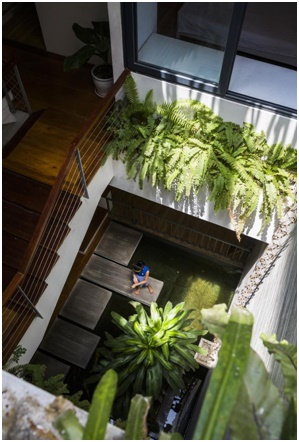
Copyright to www.archdaily.com.
Related Articles
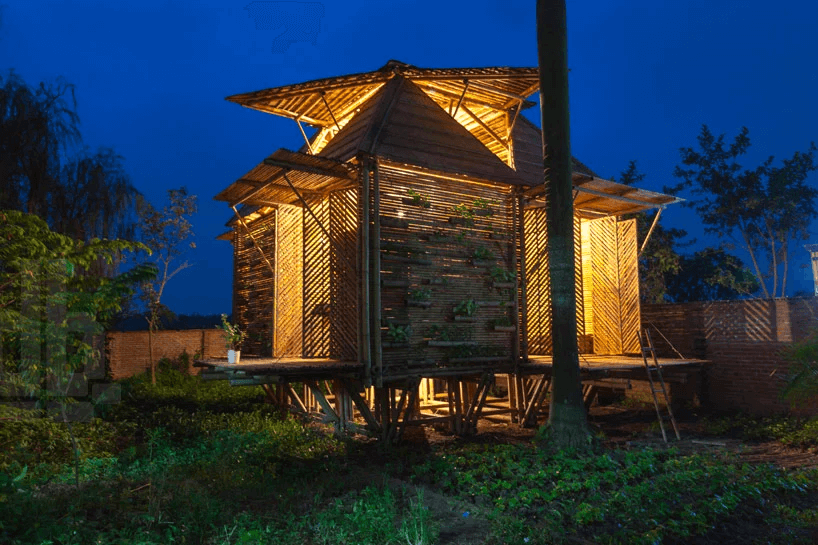
Tropical Architecture Series – Blog 1
Human life as we know it was created 200,000 years ago. Despite being vulnerable, we humans have conquered swathes of territory, like no other species before us. After 180,000 years of nomadic living, thanks to a more clement climate, humans settled down in...
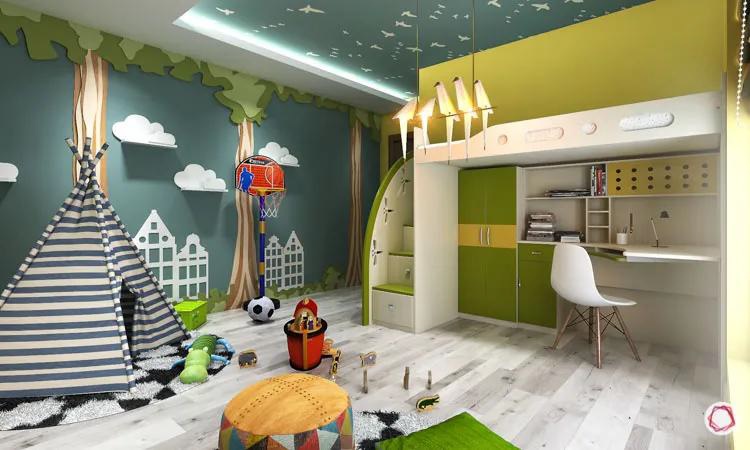
Divvying Living spaces : How the Pandemic Re-Shuffled Our Homes
by Ramya Shree K.K.Without a doubt, the COVID-19 pandemic has changed how we live. With most people around the world spending significantly more time in their homes than ever before, people are devoting more time and energy into finding more uses for their living...

Does everyone need an architect?
There is a myth that an architect will work for people with more land and will charge an exquisite amount of money in designing them. Few architects of old generations sometimes design for people with more than a particular level area. Nowadays, all architects...
